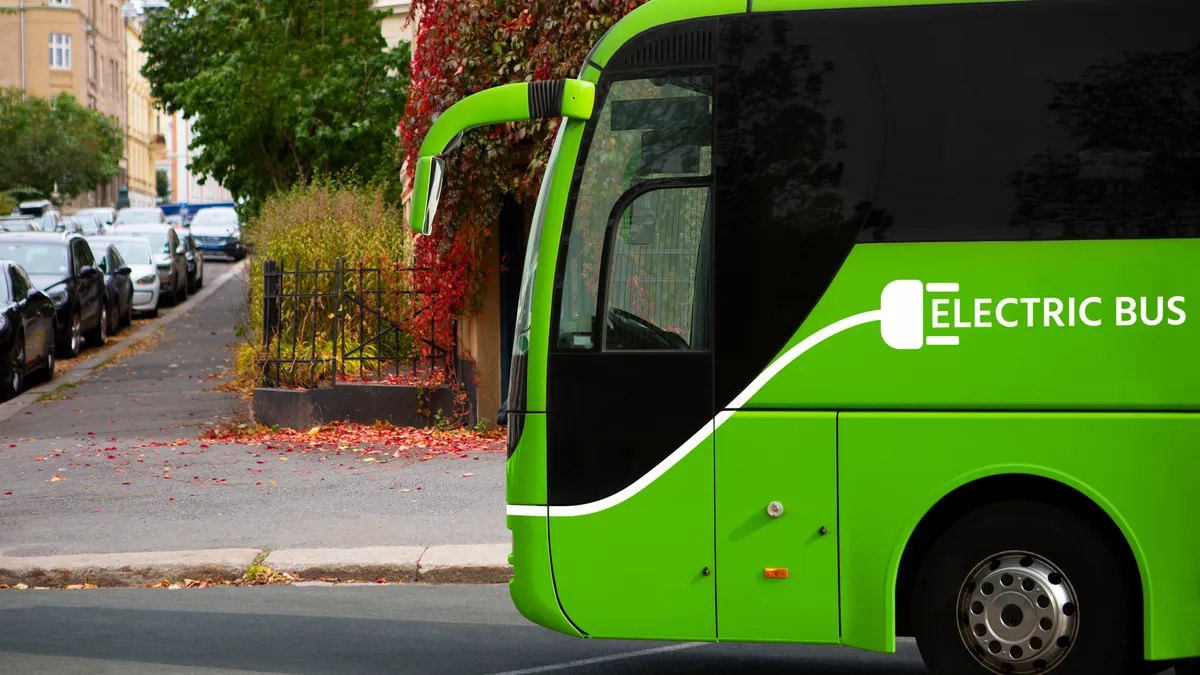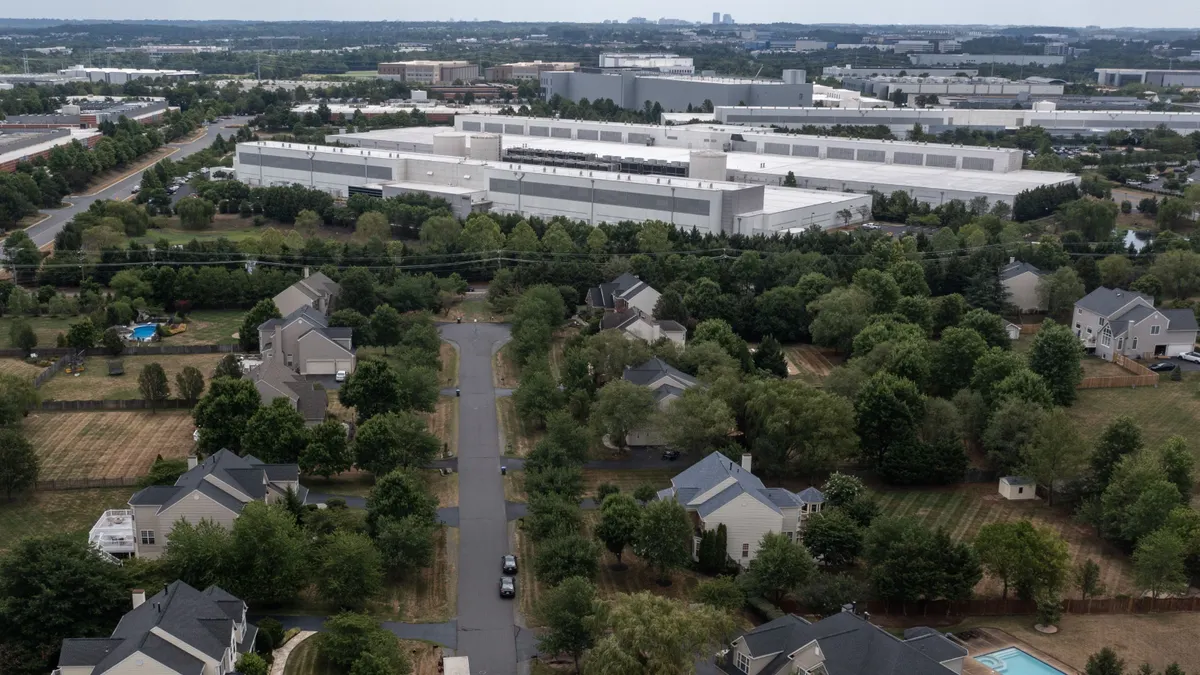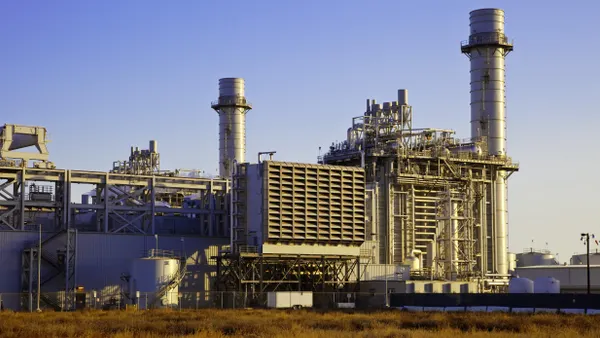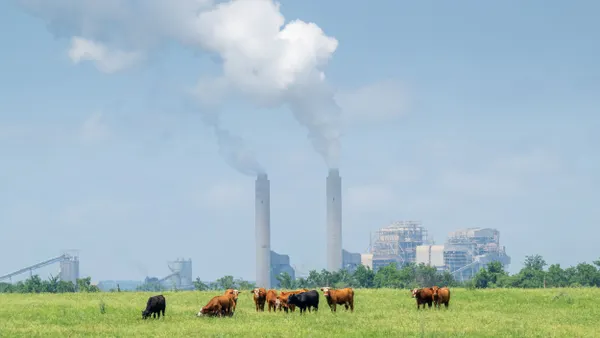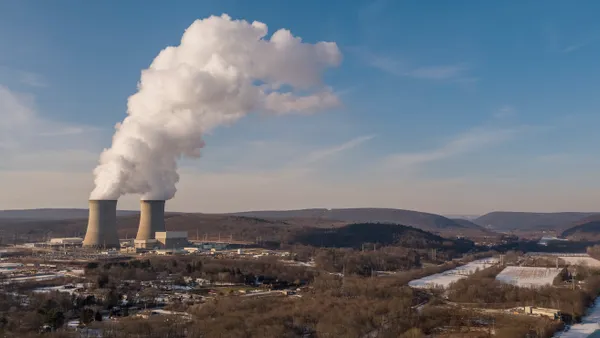Dive Brief:
- The Federal Transit Administration’s Low or No Emission Vehicle Program, which helps state and local governments acquire less-polluting transit buses, instead “is artificially constraining the conversion to zero-emission vehicles,” according to a white paper submitted to Congressional leaders by Transportation for America, an advocacy organization.
- Based on data from a Freedom of Information Act request, T4A found that while 88% of grant applications were for zero-emission buses and facilities, more than two-thirds were rejected. Nearly all applications for low-emission projects, which can include diesel hybrid and compressed natural gas buses, were approved.
- The organization blamed the disparity on the program’s statutory requirement to set aside 25% of funds for projects using low-emission fuels, written into the law in 2015 by then-U.S. Sen. Pat Toomey, R-Pa. T4A notes that CNG is one of the state’s key products.
Dive Insight:
The demand for zero-emission transit buses more than doubled from 2018 to 2021 and increased a further 66% in 2022, according to data compiled by Calstart, a national clean transportation advocacy nonprofit. The FTA states that the so-called Low-No program aims to help the nation’s transit fleet transition “to the lowest polluting and most energy efficient transit vehicles.” The 2021 infrastructure law included $5.5 billion over five years to fund the competitive grant program and awarded $1.1 billion in fiscal year 2022.
But according to the T4A white paper, the demand for low-emission projects, rather than zero-emission projects, was so low that the total awards couldn’t meet the 25% requirement. That meant that every low-emission applicant received an award, while those seeking no-emission grants had just a one-in-three chance of getting an award.
“Congress’s goal was not to drive a shift in demand and investment toward low-emission projects at the expense of investments in zero-emission transit,” Chris Rall, T4A’s outreach director, said in a press release. “This trend could lock transit agencies into more polluting technologies for decades.”
The organization recommends eliminating the 25% requirement, increasing overall funding and creating incentives to “leverage state, regional, utility and local funding.”
Corey Aldridge, CEO and general manager of Missoula, Montana’s transit agency, which is in the process of transitioning to an electric fleet for its fixed-route service, said in a press release, “Updates to the program could help fleet managers access the cleanest vehicle technologies that make the most sense for them.”
But low-emission buses might be needed by some transit agencies, especially those in rural areas or with longer routes. James Keel, director of public transportation for the Greenville Transit Authority in Greenville, South Carolina, testified at a Senate hearing in March that battery-electric buses have limited range. GTA has operated four electric buses since 2019, he said, but they need two electric buses to do the same work as one diesel bus.



